Home>Home Appliances>Bathroom Appliances>How To Recycle An Electric Toothbrush
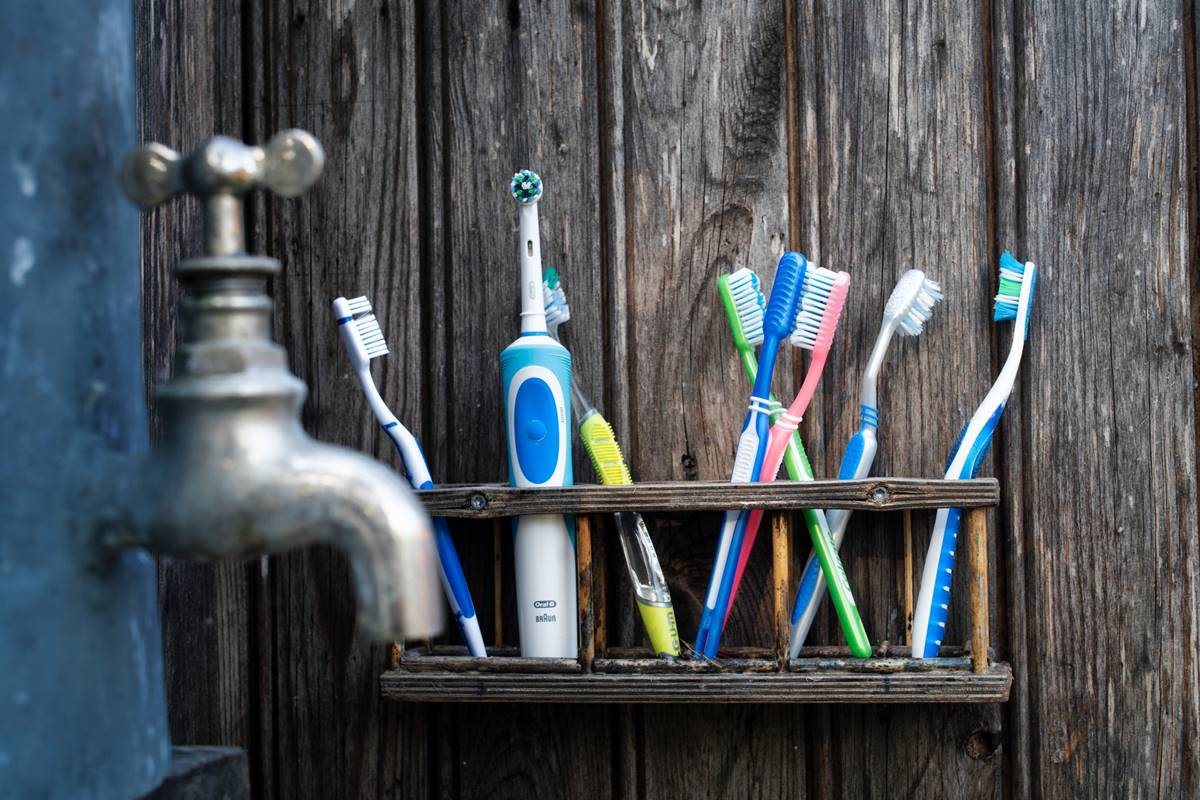

Bathroom Appliances
How To Recycle An Electric Toothbrush
Modified: January 9, 2024
Learn how to properly recycle your electric toothbrush and other bathroom appliances. Discover eco-friendly disposal methods for a sustainable environment.
(Many of the links in this article redirect to a specific reviewed product. Your purchase of these products through affiliate links helps to generate commission for Storables.com, at no extra cost. Learn more)
Introduction
Welcome to the world of electric toothbrushes, where convenience meets oral hygiene. These modern marvels have revolutionized the way we clean our teeth, providing efficient and effective brushing with minimal effort. However, as with any electronic device, there comes a time when we must bid adieu to our trusty toothbrush and consider its environmental impact.
In this article, we will explore the process of recycling an electric toothbrush, delving into its components, disassembly, and the proper methods for recycling and disposing of its various parts. By understanding the inner workings of these devices and the materials they contain, we can take proactive steps to minimize their impact on the environment.
So, if you're ready to embark on a journey to give your old electric toothbrush a new purpose, join us as we uncover the intricacies of recycling and responsible disposal. Let's dive into the world of sustainable oral care and discover how to give your electric toothbrush a second life through eco-friendly practices.
Key Takeaways:
- Give your old electric toothbrush a new life by recycling its components, such as plastic, metal, and electronic parts. Proper sorting and disposal minimize environmental impact and support sustainability.
- Disassembling and recycling an electric toothbrush involves separating its components and directing them to appropriate recycling streams. Responsible disposal of non-recyclable parts, like batteries, is crucial for environmental stewardship.
Read more: How To Strip Electrical Wire For Recycling
Understanding Electric Toothbrush Components
Before we can effectively recycle an electric toothbrush, it’s essential to comprehend its various components. These devices are sophisticated, containing a blend of plastic, metal, and electronic elements that work in harmony to provide optimal dental care.
First and foremost, the handle of an electric toothbrush typically consists of durable plastic, designed to withstand the rigors of daily use. This component houses the motor, circuitry, and power source, which may include a rechargeable battery or replaceable disposable batteries.
The brush head, arguably the most crucial part of the toothbrush, is equipped with bristles made from nylon or other synthetic materials. The bristle head is often replaceable, allowing for continued use of the handle while minimizing waste.
Furthermore, the internal mechanisms of the toothbrush, including the motor and electronic components, are pivotal to its functionality. These elements often contain valuable materials such as copper, steel, and rare earth metals, which can be repurposed through recycling processes.
Understanding the composition and functionality of these components is the first step in responsibly managing the disposal of electric toothbrushes. By recognizing the materials involved, we can proceed to dismantle and recycle the toothbrush with precision and care, ensuring that each part finds its way to the most suitable recycling stream.
Disassembling the Electric Toothbrush
As we embark on the journey of recycling an electric toothbrush, the process of disassembly becomes a crucial step in ensuring that each component is properly sorted for recycling. While the prospect of dismantling an electronic device may seem daunting, with the right approach, it can be a straightforward and rewarding endeavor.
Before beginning the disassembly process, it’s important to ensure the toothbrush is powered off and, if applicable, the battery is removed. This precautionary measure minimizes the risk of electrical hazards and ensures a safe disassembly process.
Start by carefully removing the brush head from the handle. In most cases, the brush head can be detached by twisting or pulling it away from the handle. Once separated, set the brush head aside for individual recycling or proper disposal, depending on the materials used in its construction.
Next, focus on the handle of the toothbrush. Depending on the model, the handle may be sealed with screws, clips, or adhesive. Use appropriate tools, such as screwdrivers or prying tools, to carefully open the handle without damaging its internal components.
Once the handle is opened, you’ll gain access to the internal circuitry, motor, and power source. Take note of the different materials present, including plastic casings, metal components, and electronic parts. Separating these elements is essential for effective recycling, as each material requires specific processing methods to be repurposed efficiently.
As you disassemble the toothbrush, consider organizing the components into distinct categories, such as plastic, metal, and electronic waste. This systematic approach will streamline the recycling process and ensure that each material is directed to the appropriate recycling facility.
By methodically disassembling the electric toothbrush, we pave the way for the next phase of its lifecycle, where its individual components can be repurposed and transformed into new products, minimizing waste and conserving valuable resources.
When recycling an electric toothbrush, remove the battery and dispose of it at a designated battery recycling location. The rest of the toothbrush can be recycled with other electronic waste.
Sorting and Recycling the Components
Once the electric toothbrush has been disassembled, the next crucial step is sorting and recycling its various components. This process involves identifying the materials present in each part and directing them to the appropriate recycling streams to maximize their potential for reuse.
Plastic components, such as the handle casing and brush head, are common in electric toothbrushes. These components are typically made from durable plastics, such as ABS (Acrylonitrile Butadiene Styrene) or PP (Polypropylene). To recycle these plastics, they must be sorted and cleaned to remove any contaminants, such as leftover toothpaste or debris.
Once cleaned and sorted, the plastic components can be sent to a recycling facility, where they will undergo processing to be transformed into new plastic products. This sustainable approach reduces the demand for virgin plastic and minimizes the environmental impact associated with plastic production.
Metal components, including the motor, electronic contacts, and small metal parts, are valuable resources that can be reclaimed through recycling. Copper, steel, and other metals present in the toothbrush can be extracted and repurposed, conserving natural resources and reducing the energy required for metal production.
Electronic waste, encompassing the circuitry, wiring, and any electronic components, requires specialized recycling processes to recover valuable materials while managing hazardous substances responsibly. These materials often contain precious metals, such as gold, silver, and palladium, which can be reclaimed through advanced recycling techniques.
By meticulously sorting and directing the components of the electric toothbrush to their respective recycling streams, we contribute to the circular economy, where materials are reused and repurposed, minimizing the reliance on raw materials and reducing the environmental impact of manufacturing processes.
Through responsible sorting and recycling, the components of the electric toothbrush embark on a new journey, where they are transformed into a range of products, from plastic goods to metal alloys, embodying the essence of sustainability and resource conservation.
Proper Disposal of Non-Recyclable Parts
While the majority of an electric toothbrush can be recycled, there are certain components that may not be suitable for traditional recycling processes. Proper disposal of these non-recyclable parts is essential to minimize their impact on the environment and ensure responsible waste management.
One common non-recyclable component of electric toothbrushes is the battery. Rechargeable batteries, often found in the handles of electric toothbrushes, contain hazardous materials and must be disposed of with care. Many communities offer battery recycling programs, allowing these batteries to be collected and processed in specialized facilities to recover valuable materials while managing potential environmental risks.
If battery recycling programs are not available in your area, it’s crucial to dispose of rechargeable batteries at designated hazardous waste collection sites to prevent them from entering the regular waste stream. This precaution safeguards the environment and human health by minimizing the potential for hazardous substances to leach into the soil and waterways.
In addition to batteries, certain electronic components, such as circuit boards and wiring, may contain materials that require special handling. It’s important to research local electronic waste disposal guidelines to ensure that these components are managed in accordance with environmental regulations and best practices.
Furthermore, any residual toothpaste or other organic materials should be rinsed from the components before disposal to prevent contamination and facilitate the recycling of plastic and metal parts. This simple step contributes to the efficiency of recycling processes and supports the sustainable management of waste materials.
By properly disposing of non-recyclable parts, we uphold our commitment to environmental stewardship and waste reduction. Whether through battery recycling programs, hazardous waste collection facilities, or adherence to electronic waste disposal guidelines, each action taken contributes to the preservation of our planet and the well-being of future generations.
Through conscientious disposal practices, we ensure that the environmental impact of electric toothbrushes is minimized, allowing their journey to culminate in sustainable outcomes that align with our collective responsibility to protect and preserve the natural world.
Read more: How To Make An Electric Toothbrush
Conclusion
As we conclude our exploration of recycling an electric toothbrush, we are reminded of the profound impact that conscious consumer choices and responsible waste management can have on the environment. By understanding the components, disassembling the toothbrush, sorting and recycling its parts, and properly disposing of non-recyclable elements, we embark on a journey of sustainability and resource conservation.
Recycling an electric toothbrush is not merely a process of waste management; it is a testament to our commitment to environmental stewardship. Each plastic component redirected to a recycling facility, every metal part repurposed into new materials, and every hazardous element safely disposed of represents a step toward a circular economy, where resources are utilized efficiently and waste is minimized.
Furthermore, the act of recycling an electric toothbrush extends beyond the physical transformation of its components. It embodies a mindset of sustainability, where the lifecycle of a product is considered from its creation to its eventual repurposing. This holistic approach to consumption and waste management reflects a conscientious regard for the well-being of our planet and future generations.
As we embrace the principles of recycling and responsible disposal, we not only give our electric toothbrush a new purpose, but we also contribute to the broader narrative of environmental preservation. Each toothbrush that finds its way into the recycling stream represents a small yet significant victory in the global effort to reduce waste and safeguard natural resources.
So, the next time you bid farewell to your trusty electric toothbrush, remember that its journey doesn’t end with disposal. By embracing the principles of recycling and sustainable waste management, you can ensure that its legacy transcends the confines of a landfill and becomes a testament to the power of mindful consumption and environmental responsibility.
Join us in the pursuit of a greener, more sustainable future, where every toothbrush and every act of recycling contributes to a world where resources are cherished, waste is minimized, and the beauty of our planet endures for generations to come.
Frequently Asked Questions about How To Recycle An Electric Toothbrush
Was this page helpful?
At Storables.com, we guarantee accurate and reliable information. Our content, validated by Expert Board Contributors, is crafted following stringent Editorial Policies. We're committed to providing you with well-researched, expert-backed insights for all your informational needs.







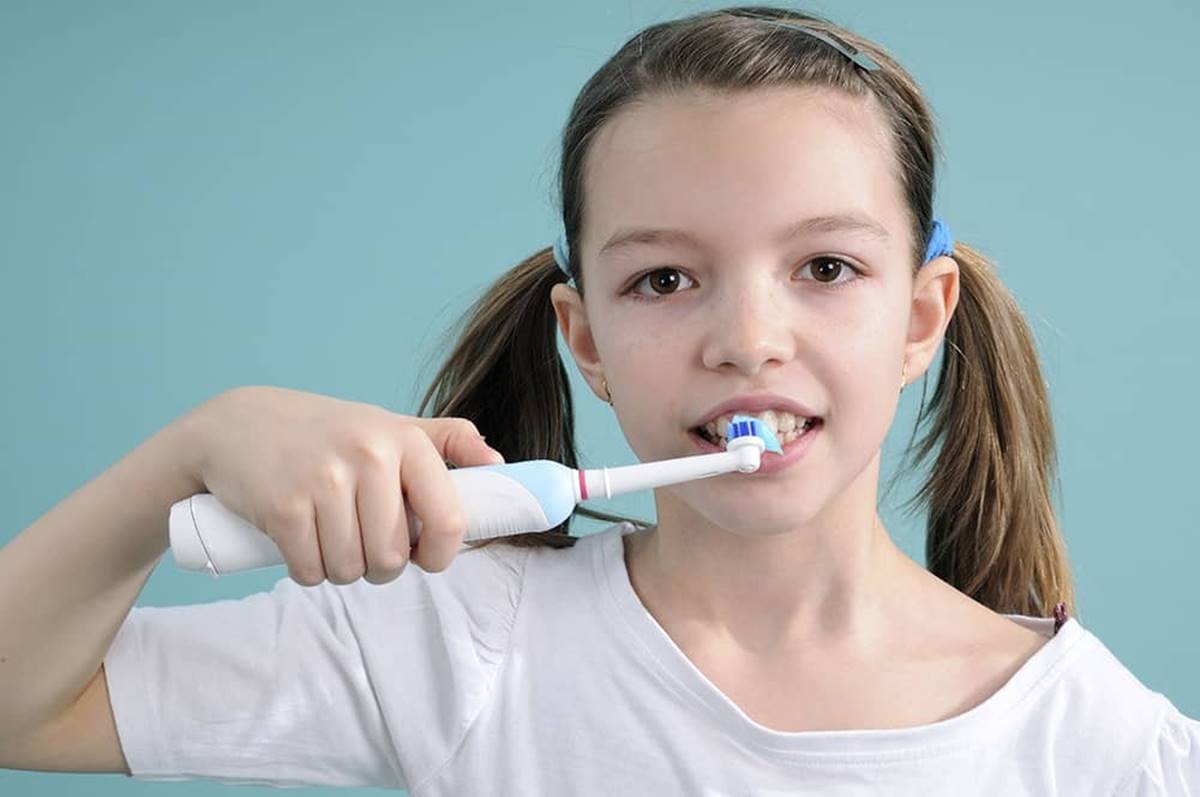
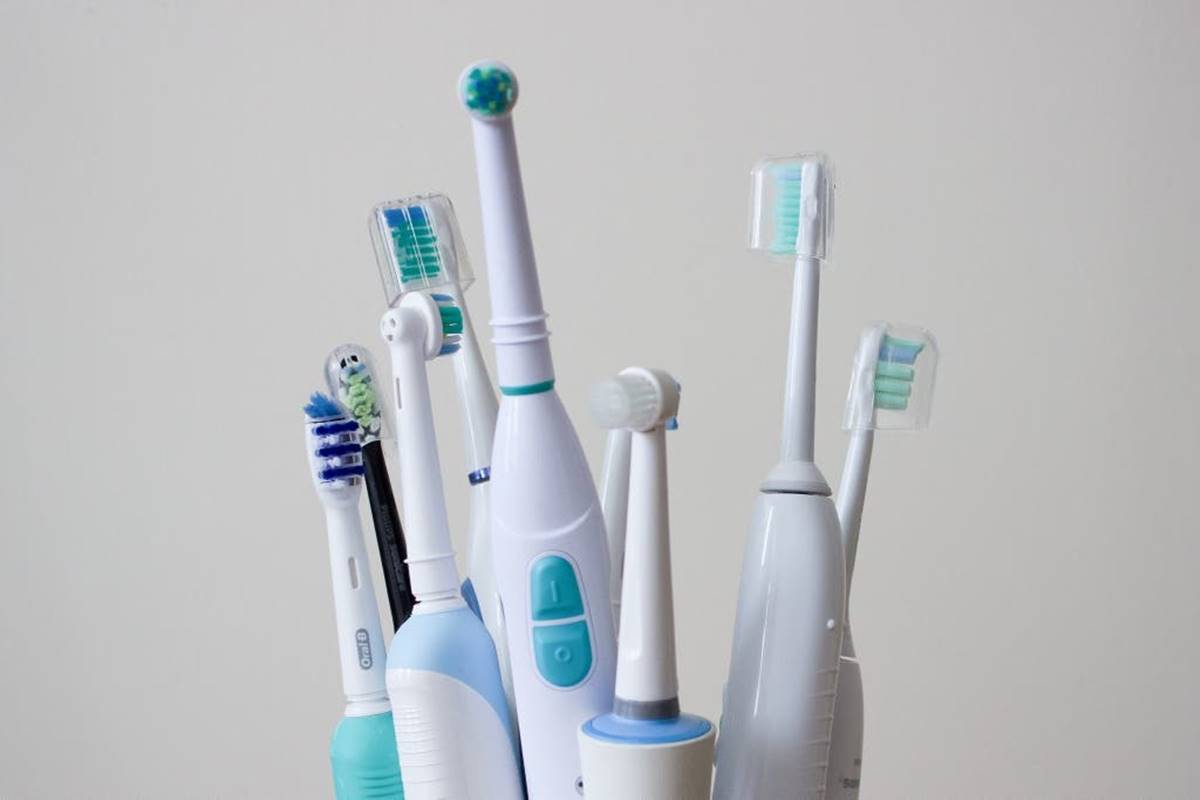



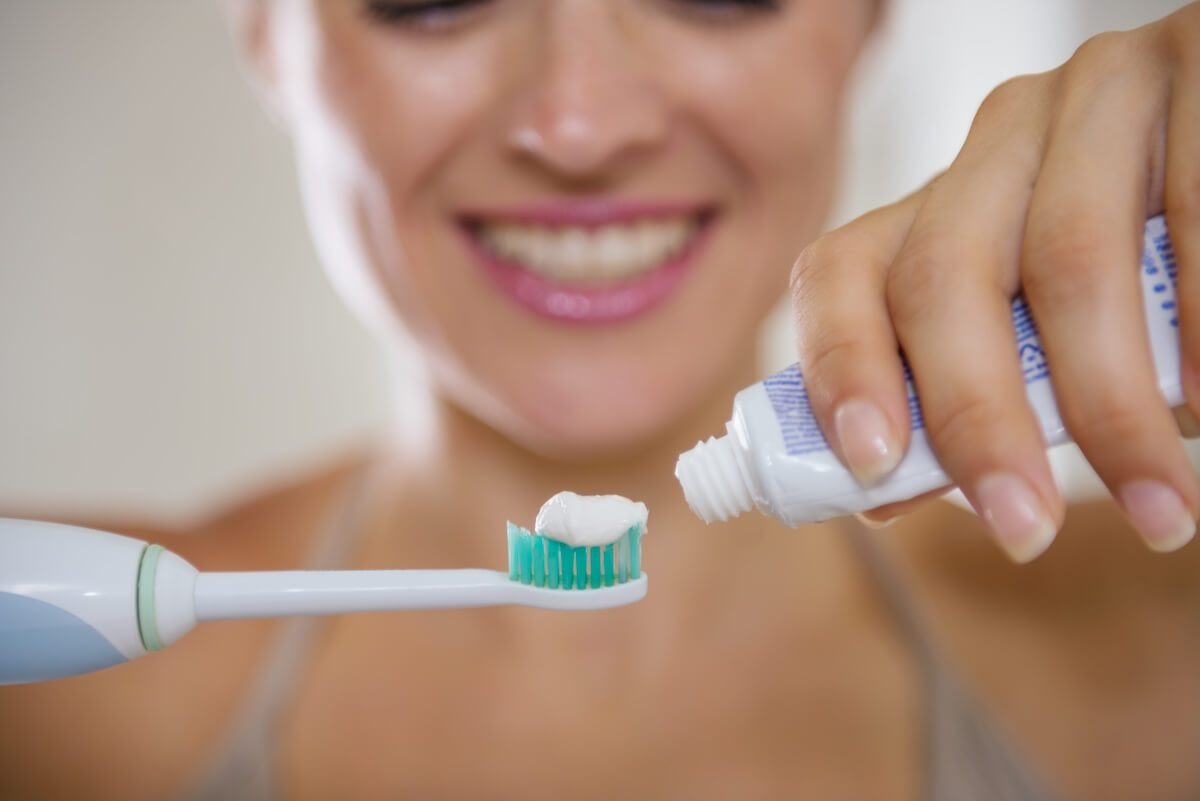
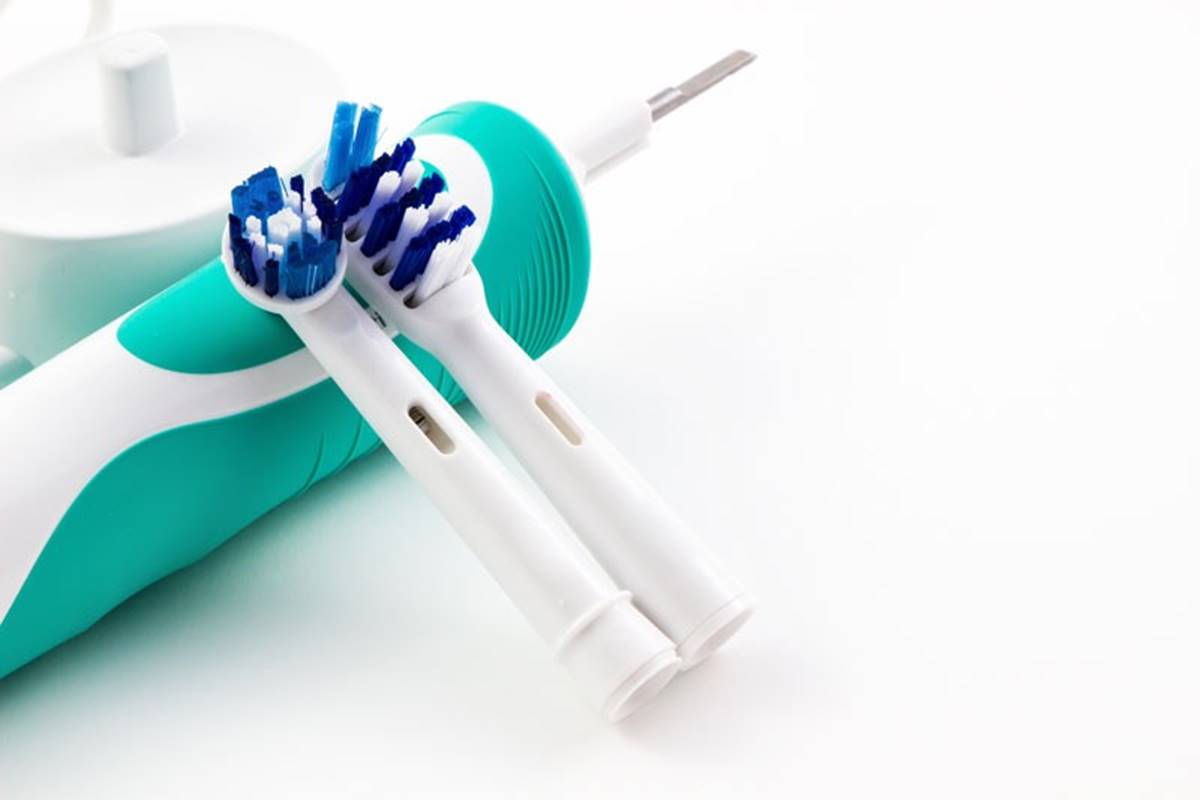

0 thoughts on “How To Recycle An Electric Toothbrush”